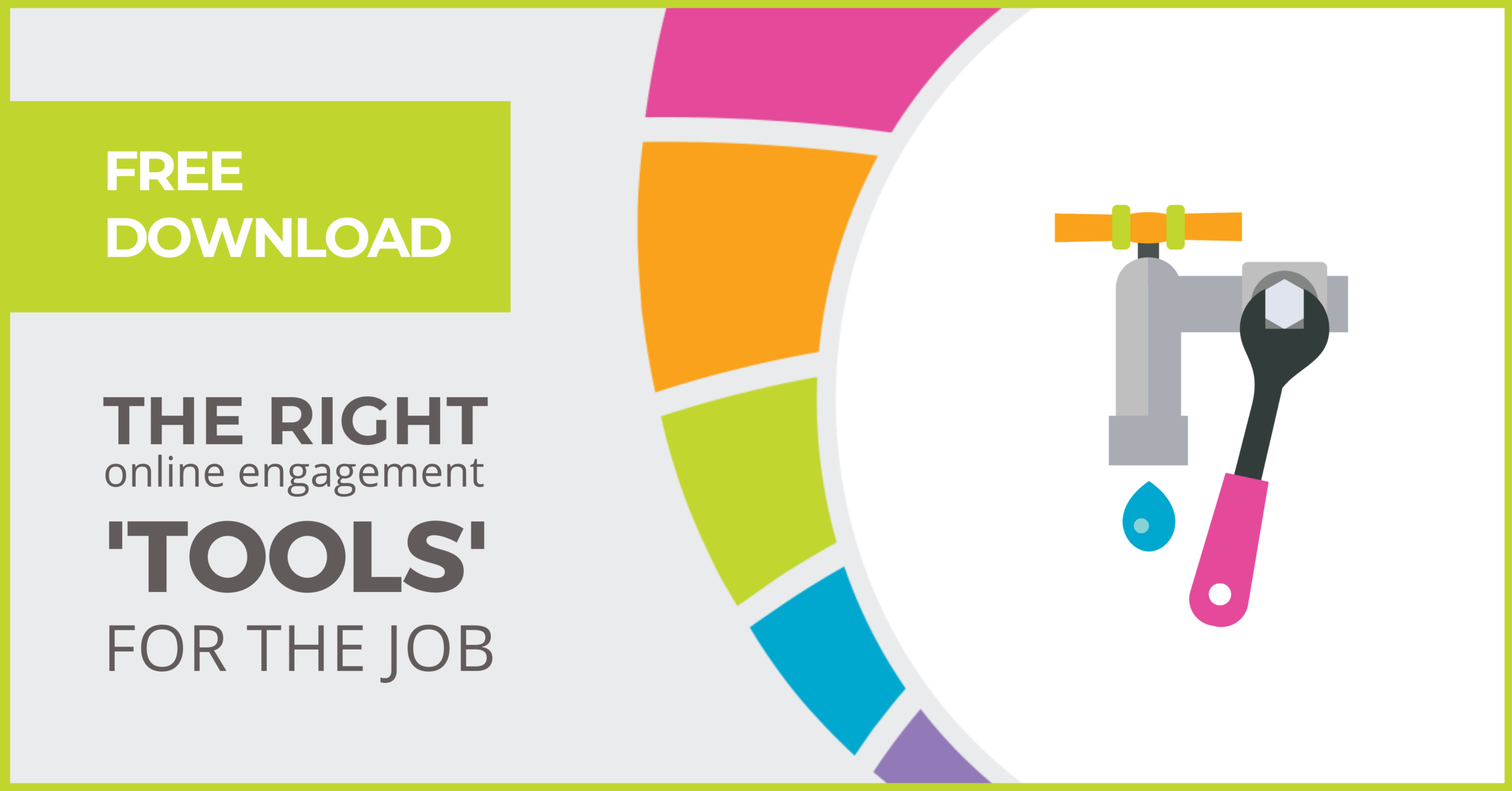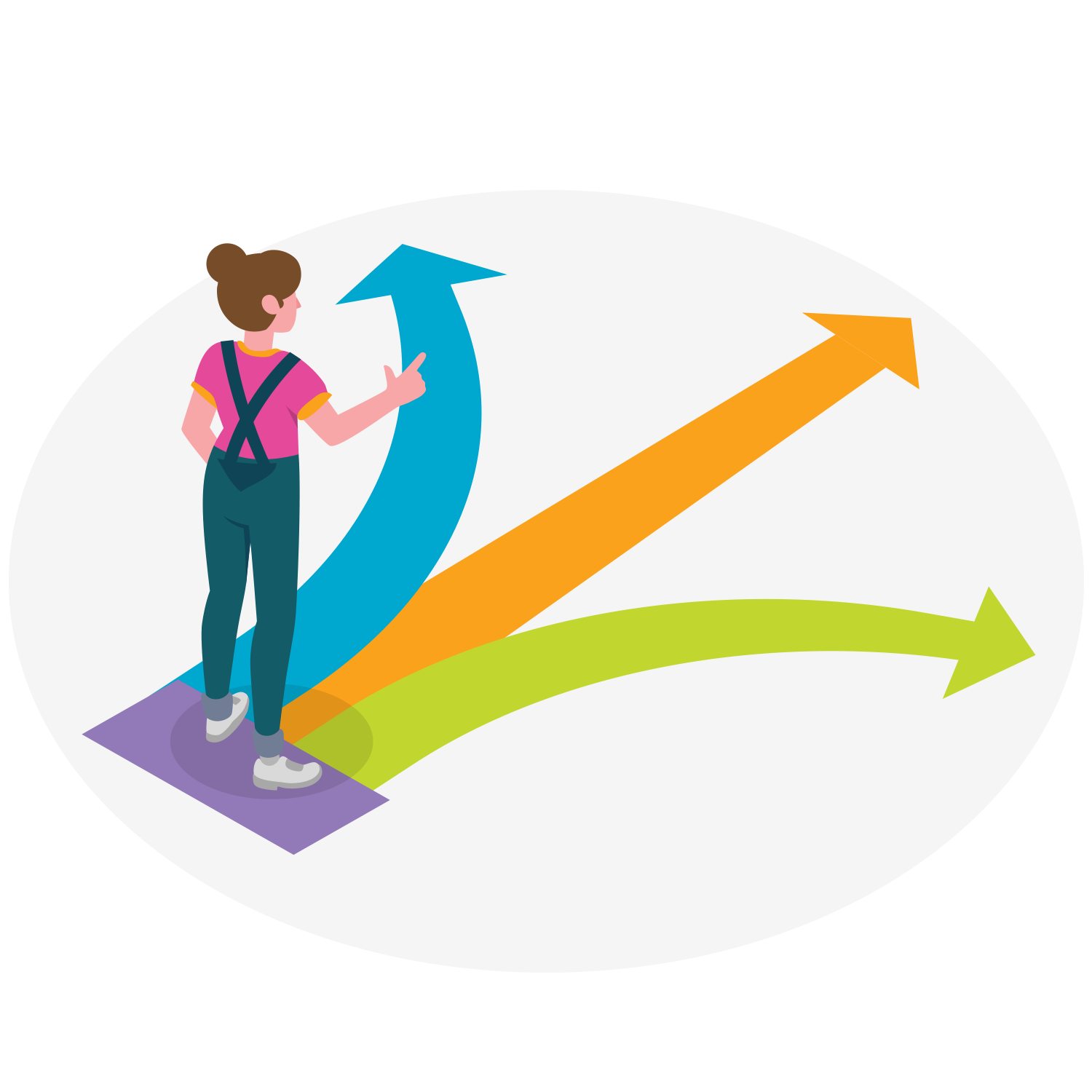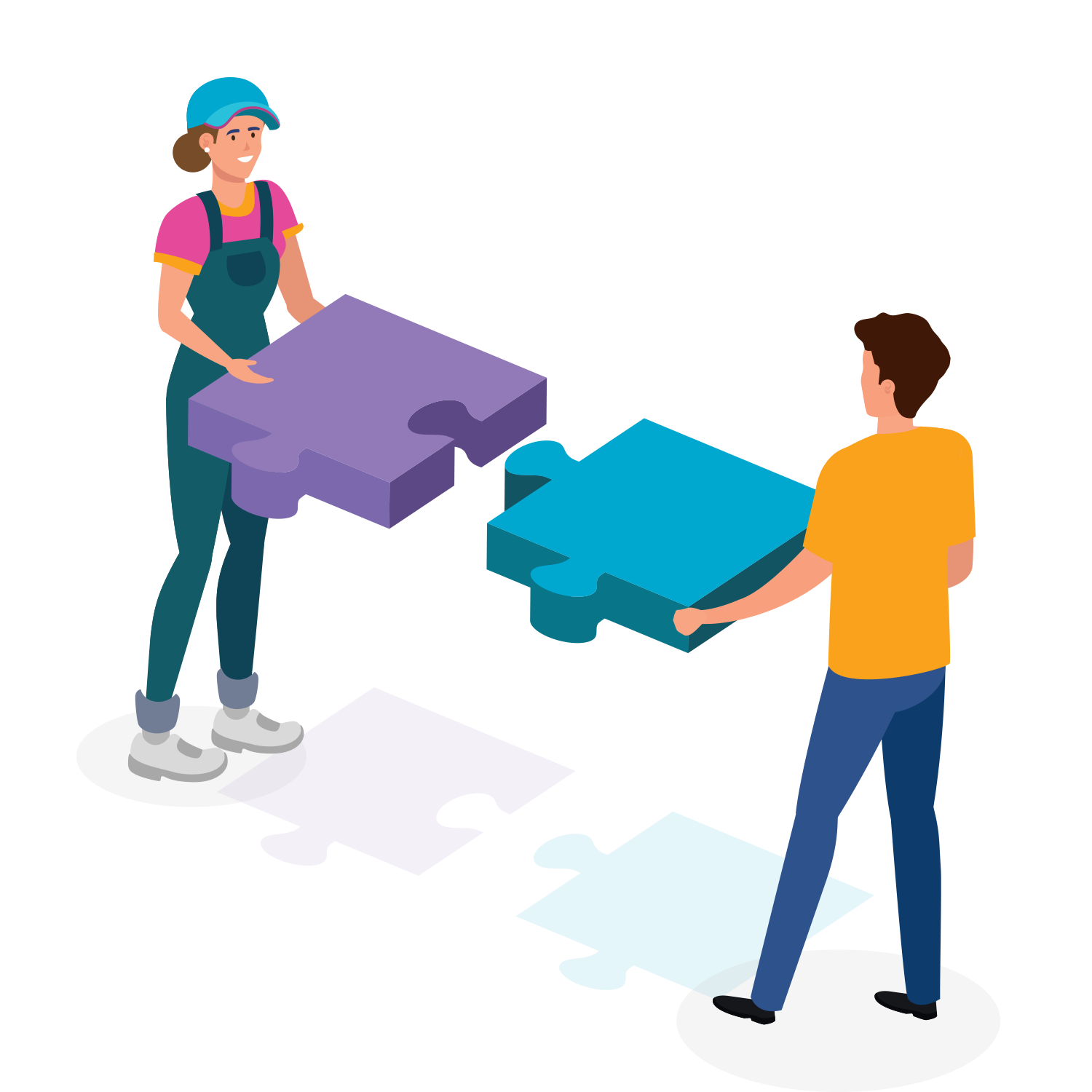Deciding on the appropriate engagement frameworks, strategies, methods tools and techniques all feels a bit confusing at times. Add to this mix the array of software and digital applications we’re all currently playing with, and the challenges we face around online engagement are compounded.
Selecting the right approach to support a constructive dialogue is part art and part science. There is no ‘magic’ solution, and no one tool or method that is ‘best’ or ‘one size fits all’. As engagement practitioners we must remain cognisant of the planning and preparation required before we get to methods and tools. This work creates a blueprint that will guide us towards appropriate, fit-for-purpose activities.
This post:
overviews the difference between different elements and concepts when planning an engagement process
explains one technique for mapping your approach to a participatory session
provides tips for getting the methodology right at each stage of an online discussion
links to further reading and resources for finding and selecting online engagement tools.
Scroll to the bottom of this post to access a downloadable (pdf) version of this post - a free download you can use to enhance your engagement practice.
This topic was covered as part of a recent session in our Continuous Connections webinar discussion series.
TERMINOLOGY: METHODOLOGY VS TOOLS
To make it even more overwhelming, people often use different terms interchangeably, and sometimes we can mix up or blur the lines between key engagement concepts.
To clear this up a little, let’s start with an analogy to help separate some of these elements. Imagine you have a maintenance issue in your home environment – a burst pipe.
1. You might begin by trying to understand what’s happened and what the issue is.
In engagement, you need to understand the context, purpose and identify the problem/question that needs to be resolved.
2. You require a plumber and thankfully a competent (let’s hope) plumber comes and assesses the situation.
You need to scope the engagement process and develop an engagement framework before moving forward.
3. The plumber considers a range of approaches, outlines key steps required and provides you with pros, cons and costs of options.
You determine a methodology that fits the context and reflects your capacity and resources once you’ve planned and scoped the project.
4. Having identified the correct approach our trusty plumber now applies the appropriate tools to complete the task.
In engagement, you select tools – such as software, templates and equipment, and apply skills – such as facilitation skills - that will deliver the chosen methods appropriately within the engagement scope/framework.
MAPPING THE RIGHT METHODS & TOOLS TO YOUR SESSION
Don’t lose sight of your original intent and stay focused on our purpose, objectives and outputs, and the participant experience.
It’s important not to get tripped up by jumping forward too quickly or being distracted by ‘shiny objects’ – and there’s a lot of them in the digital space! It doesn’t matter how fancy or new a tool is.
Some of the ‘shiniest’ tools are overly complex, overwhelming, and unnecessary. This means that, often, simple can be best.
To understand how a typical engagement gathering might evolve (online or otherwise), and to determine your methodology and then your tools to deliver it, you can use a model such as the ‘Dynamic Group Decision Making Model’ from Sam Kaner’s ‘Facilitator's Guide to Participatory Decision-Making’. It assists in method selection and sequencing (the linking of one step to another in a process) as groups move from divergent thinking, to convergent thinking and then to a decision point.
Using this model as a base, we’ve put together an example below of how you would might move through a session in the online environment. We’ve included some top methodology tips against each of the steps.
STAGE 1: INITIAL CHECK-IN
Key methodology tips:
Slow down - We are at the start. We may need several check-ins or gatherings with the same group depending on the framework or strategy we have selected. Where possible take the time to enable people to see each other and begin to feel connected as a group.
Have some waiting room or an interactive holding slide that allows a gentle sharing of what people are personally experiencing/thinking when arriving at the session. This is a great opportunity to start testing your tech and understand response capabilities in the group.
STAGE 2: ENCOURAGING DIVERGENT THINKING
Key methodology tips
Share the airtime. Just like when we are conducting face-to-face activity work, it can be hard to ensure all voices are heard. You may need to support or seek alternative input pathways for those that don’t have a mic or video to hand.
Call out their comments in turn as you make space for all participants to contribute. Group size will determine how you process this. Large groups (over 30) work well in breakouts, or you can ask each contributor to quickly ‘pass the ball’ to another participant.
STAGE 3: WORKING ON CONVERGING OUR THINKING
Key methodology tips
Mix it, mix it, mix it. Keep building and connecting the thinking across participants. You might apply good summation, paraphrasing and summarising techniques or capture group insights using a mix of tools. The key here is to ensure we are enabling participants to explore, test or challenge some of their own preconceptions through learning from others.
STAGE 4: MOVING TOWARDS A DECISION POINT
Key methodology tips
Decompress. Invite them to take stock of what has been accomplished and what has not yet been addressed. You are likely to have more than you expected of the latter and a regrouping or ongoing participation may be required to keep moving forward with the work.
Choose simple, easy to apply (and access) methods and tools that will build on the session, acknowledge the progress made and give people time to reflect on what they have done together during their the online gathering.
ASSESSING & SELECTING ONLINE TOOLS
The engagement community has been busy sharing, testing and reviewing an extensive range of online software and applying them to their work during COVID-19. Here are just a few of our favourite resources for tools that have been shared so far:
Susanna Haas Lines: This list was initially developed in 2017 as part of IAP2 Canada whitepaper, Digital Engagement, Social Media & Public Participation written by Susanna Haas Lyons, Civic Engagement Specialist. This document provides extensive lists of online tools categorised by different types of application in digital engagement. Go to this resource →
Jason Diceman: Jason shares his criteria for assessing ideation tools and provides thoughts on his ‘top picks’. This document can be accessed on Google docs. Go to this resource →
Involve UK: This resource has been designed to help you navigate the overwhelming world of online engagement tools, and includes a digital tools database. Go to this resource →
We've summarised all the top tips from this post into a handy free download. Perfect for sharing, printing, filing, or whatever you want really!
Want more info on our ‘coping with COVID-19’ essential engagement packages and other online engagement services?
Download our services information pack below.
ENJOYED THIS POST?
Stay in the know! Get new posts, actionable ideas and fabulous free resources delivered to your inbox - subscribe to our monthly e-newsletter 'the Discussion'.







